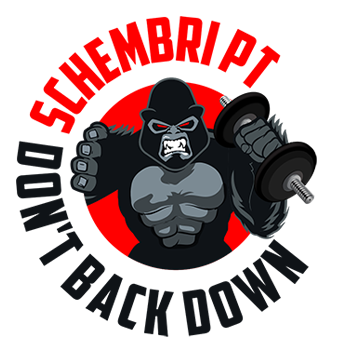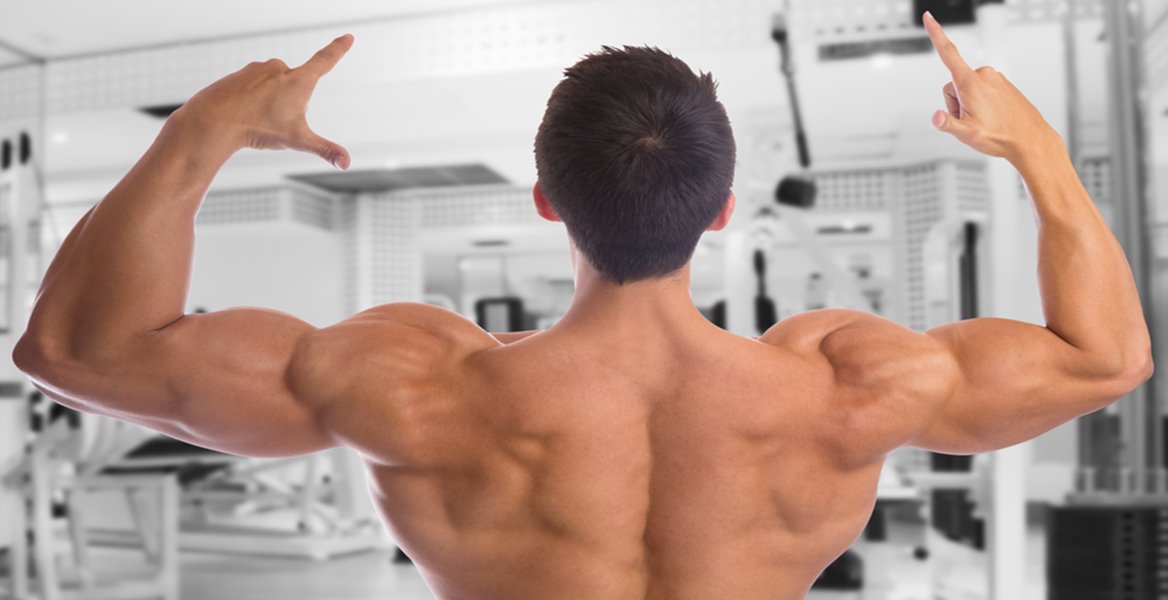It is common knowledge that you can build muscle mass by lifting weights; however, very few weightlifters understand exactly how and why of it. To get optimal benefits from your sessions and stimulate your muscles as much as possible, you need to understand what hypertrophy is. This is the science behind stimulating and packing muscle. Here, we will talk about some complex concepts in the simplest of terms:
Muscle composition
Muscles are composed of a large number of muscle fibres that are bound very tightly together to form bundles of tissue. Every muscle is composed of two different types of fibre – one is specifically designed for strength while the other is designed for endurance. The size of your muscle is dependent on the muscle’s fibre; and when you work on growing these fibres, you will start gaining muscle mass.
Slow twitch fibres
These aren’t very strong, however they are extremely resilient and have high endurance levels. The large number of blood vessels surrounding these fibres ensures they receive a consistently high level of oxygen supply which lends them this fatigue-resistant property.
Fast-twitch fibres
These are quite the opposite of the slow twitch fibres and harbour a great deal of power, but they tire easily. Slow twitch fibres create weak movements for extended periods of time while the fast-twitch ones create very powerful movement, in short bursts.
Exercise stresses these muscle fibres
When you exercise, it stresses your body; this acts as the trigger that changes the fibres and they increase in endurance, strength and size and this makes exercising easier. The 3 different ways in which the muscle can be triggered are:
Progressive tension overload
In this you gradually increase both the duration of your exercise and the weights and this triggers the muscles to grow.
Muscle fibre damage
When you exercise, it damages the muscles and your body and it starts working on repairing & strengthening the muscle fibres that have become affected.
Cellular fatigue
Pushing your muscles to their limit exhausts the muscle fibres which makes them adapt and grow.
Muscle growth and the types of stress that cause it
Muscle growth can be triggered by weightlifting, via all these 3 mechanisms. However, the exact response of your body will be dependent on the kind of exercises you perform on a regular basis:
Low weight exercise (High-rep)
In this type of exercise you lift low-weight in sets of 20 to 30 reps. This particular exercise triggers sarcoplasmic hypertrophy, in which the muscles are flooded with energy-rich fluids which boosts performance.
High weight exercise (Low-rep)
Here, you lift heavy-weight in sets of 1 to 8 reps; this causes myofibrillar hypertrophy, in which your muscle fibres become stronger and bigger.
Focus on training right
Both exercise routines result in muscle growth. However, sarcoplasmic hypertrophy brings about a temporary muscle size increase and it makes you look good when you are in the gym. But it doesn’t really bring about significant long-term muscle growth.
On the other hand, myofibrillar hypertrophy brings about true muscle growth as it actually makes your muscle fibres grow, instead of just filling them with fluid. When you perform high-weight exercises regularly, your long-term muscle growth will also increase. Aside from all these things, if you want to keep your muscles growing, it’s important to progressively overload them at a slow and steady pace.
In closing
Optimum muscle growth is a lot about relatively lower reps with heavy weights and progressive overload. It’s also extremely important that you warm up before each of the working sets, give your body sufficient sleep and rest, and the right kind of nutrition.
For more information about hypertrophy or any other bodybuilding information, don’t hesitate to get in touch with us at Schembri PT. Our number is 02 9648 6405. You can send us an email to info@schembript.com or fill in this contact form and we’ll reply as soon as possible.
Thanks for reading,
Schembri PT Team
02 9648 6405

